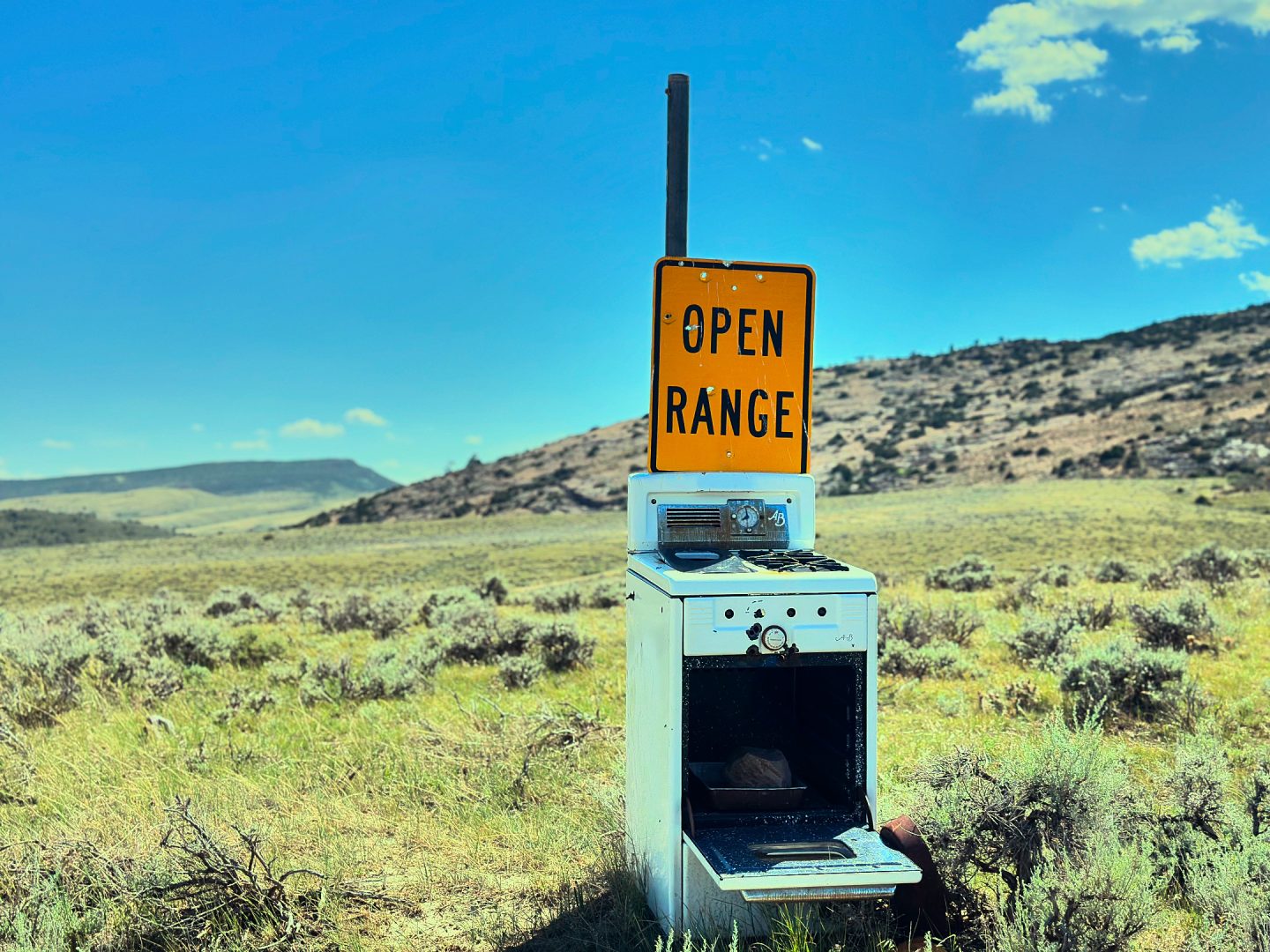Kind and Operate of MOA and MIL
TLDR
MIL single-digit rounding is extra snug and sooner.
Dialing MILs is easier.
Pace Dope is beneficial in lots of functions.
MILS align to vary a lot easier than MOA
WIND in MILs is way simpler than in MOA.
Introduction
In the case of long-range precision capturing, the talk between MIL and MOA scopes can really feel as previous as time. Articles proceed to pop up saying the very same factor, by no means daring to step out of the well-worn monitor of final week’s article on the identical topic. Most of those articles are full of mathematical gobbledygook, and others don’t dare offend one camp or the opposite. The frequent responses typically go away a lot to be desired that I discover myself wishing I had the time again from studying the most recent article to spend doing one thing extra helpful – like watching YouTube.
So as a substitute of ready for the following model of the very same factor, we’re going to write what we now have wished to learn however by no means discovered. Let’s break down the origins, fashionable applicability, and sensible benefits of MIL and MOA with the precision we anticipate from our rifles, and never go away ourselves saying “the wind screwed us” once more.
Related (to me) Background
To proceed the talk between MIL and MOA scopes let’s take a look at the origins. Originating from the radian, the MIL (milliradian) is a base-10 angular measurement. Opposite to in style perception, MILs are NOT simply “the metric system,” making it as snug with yards and miles per hour (MPH) as your common American is with inches, scorching canines, and ketchup. Typically poised in opposition to the MIL, the MOA, derived from levels, has lengthy been related to the imperial system, significantly inches.
Traditionally entrenched in U.S. capturing sports activities and firearms calibration, MOA carries the heavy burden of custom, very similar to that previous iron sight rifle your grandfather insists continues to be the most effective and may hit a goal at 800 yards simply in addition to any of the newfangled ones. I’m bored with the dogma consuming my homework, and this time I’m handing it in – in all CAPS.
MOA is a consolation zone of complacency and is entrenched in our frequent language – even for MIL customers. We speak in regards to the accuracy of a rifle in its MOA (inches) group dimension. When zeroing a rifle and recognizing on your buddy, we frequently nonetheless speak in “you had been ½ inch excessive and 1 inch proper.” To the informal shooter – the occasional hunter or long-range plinker with buddies on the vary – the gravitational pull of the MOA scope that works in “inches” nonetheless has an enchantment. That’s completely OK, and MOA scopes work simply as precisely and reliably as MIL scopes.
Some shooters would possibly even argue that as a result of MOA scope “clicks” modify the angle of measurement at a finer scale (.25” at 100 yards for MOA versus .36 inches at 100 yards for MIL), the MOA scopes are extra correct. Rubbish – effectively, MAYBE we are able to see how this is likely to be helpful in ELR capturing – however then once more, these opponents typically go for scopes with even finer gradations of 1/8 MOA.
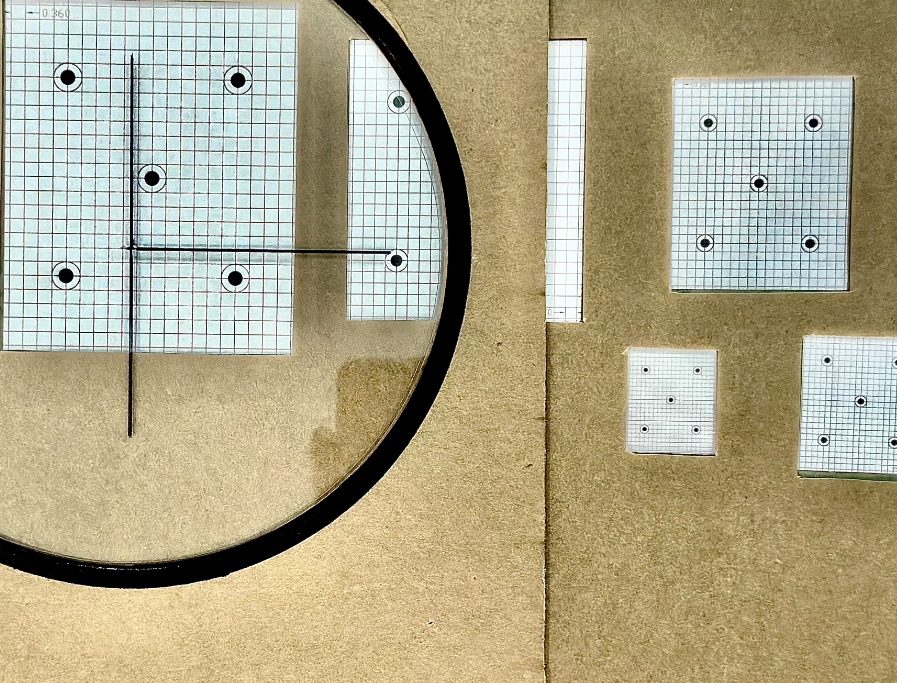
Gradations
Let’s take a look at the gradations:
1st click on – .25 vs .36 – .11 distinction
2nd click on – .5 vs .72 – .22 distinction
third click on – .75 – in MILs you’ll simply use 2 clicks .72 – .03 distinction
4th click on – 1.0 – MILs 3 clicks 1.08 – .08 distinction
fifth click on – 1.25 – MILs 4 clicks 1.44 = .19 distinction
sixth click on – 1.5 – MILs 4 clicks 1.44 = .06 distinction
So, essentially the most distinction you get is .22 and the typical distinction in constancy is .11. However this distinction is totally devoid of the truth of ballistic calculations at distance. It assumes that the ballistic adjustment wanted is all the time in good .25 inch increments – and it’s not.
Actual Distances
Let’s take a look at actual random distances you may need to shoot and its relevance to the talk between MIL and MOA scopes. We’re going to persist with the usual American civilian shooter working in yards as a result of that’s the place the talk happens. It doesn’t happen within the navy as a result of they woke as much as the benefit of MILs way back since they confronted life-or-death decisions and don’t have the luxurious of fanciful debates.
430 yards – 32.92 inches = 7.31 MOA = 2.13 MIL
560 yards – 67.37 inches = 11.49 MOA = 3.34 MIL
785 yards – 164.84 inches = 20.69 MOA = 6.08 MIL
(ShootersCalculator.com – G7 – .310bc – 140 grain – 100 yd zero – 2.48 sight top, 0 wind)
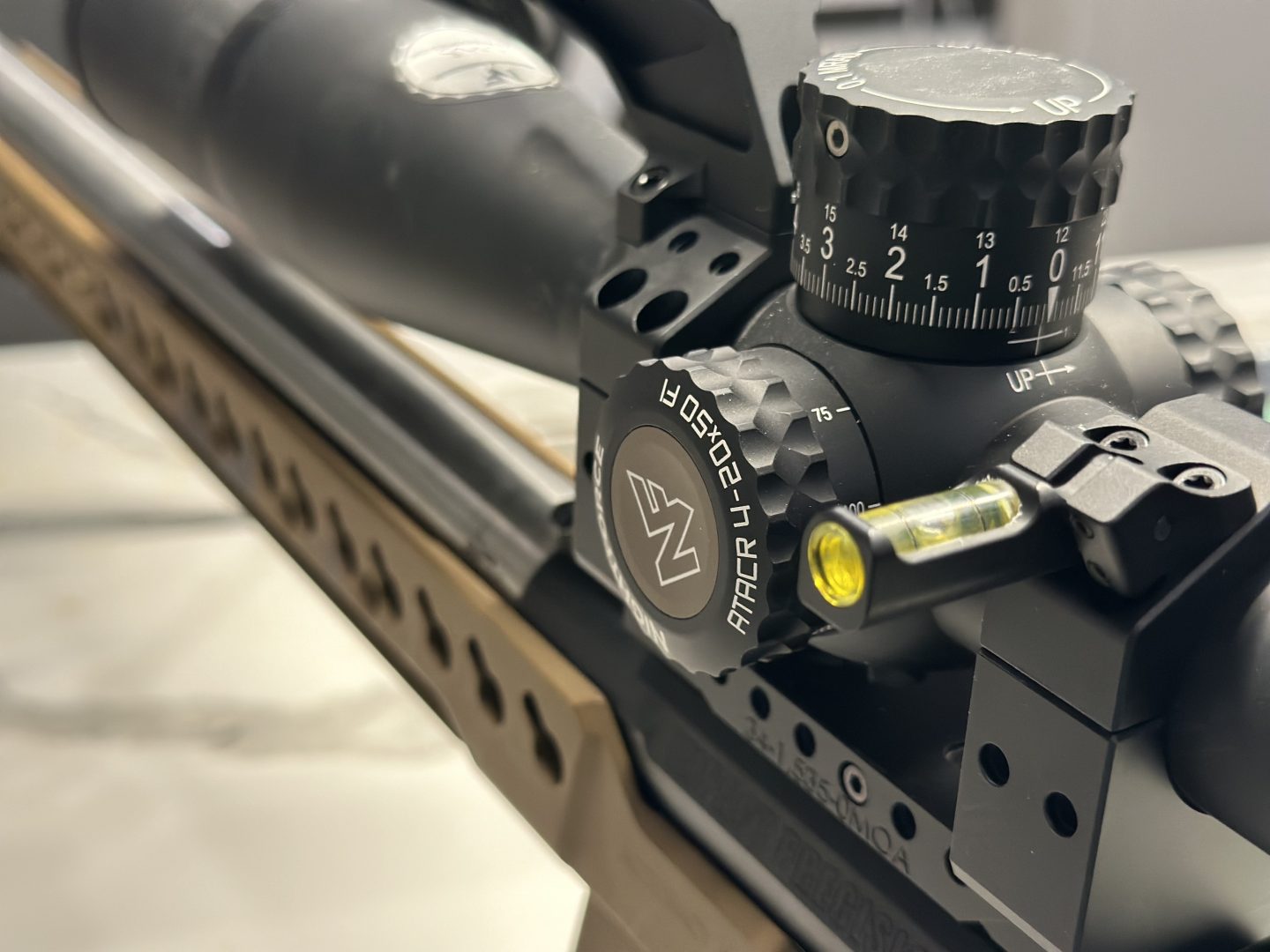
Let’s Get Nerdy
So, at 430 yards, as an MOA shooter, your closest dial is 7.25 – that means your dial level is off by .06, or 24% of a click on, or .06 of an inch out of 32.92 inches – .18% – not even 1%. Are you able to shoot that distinction at 430 yards?
For MILs, your dial level is 2.1, so you might be 30% off a click on worth, or .08 of an inch out of 32.92 inches = .24% – 1 / 4 of a %. Are you able to shoot that distinction at 430 yards?
In case your gun persistently shoots a .5-inch group, then your error in dial capability is a minuscule fraction of your group dimension. The dialing distinction is totally masked within the noise of your group. So even when MOA has a finer gradient of dialing, does it actually matter? Even so, we’ll give the nod to MOA.
One factor must be abundantly clear by now for each MIL and MOA. You higher get snug with rounding in a whole lot of your capturing. Many people that get into precision capturing gravitate to the phrase “precision” and are compulsive about discovering the proper and actual ballistic answer, the proper ammo load, or considering we are able to derive good environmental and wind readings. As a lot as our typical compulsion for exact solutions drives us, this sport humbles us to get snug accepting inherent variables and the truth of rounding.
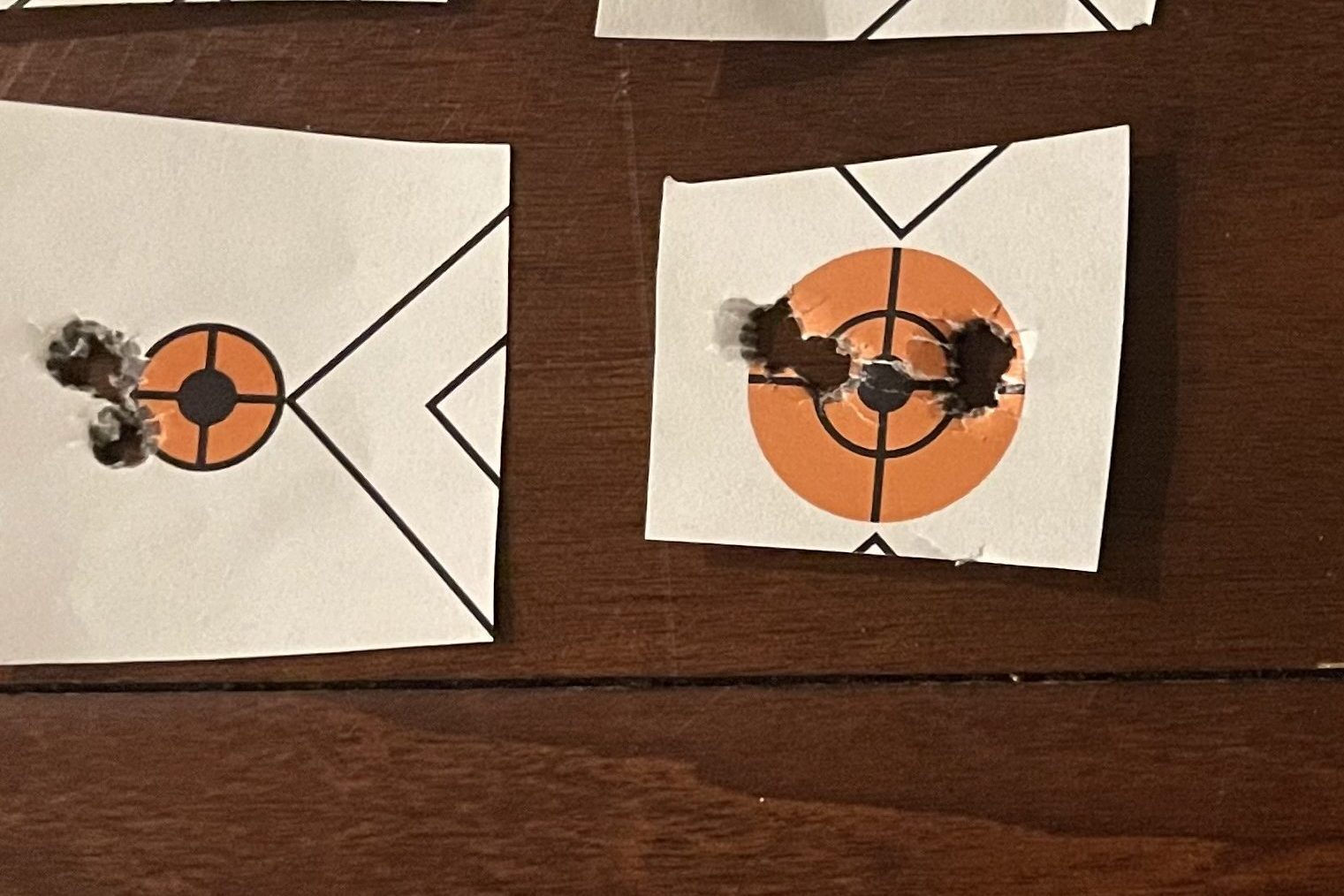
Benefits of MIL
Now let’s get into the true benefits of MIL. And also you make the selection in case you would commerce the beneath benefits for the finer gradient of MOA.
Ease of 1 Digit Rounding vs 2 Digit Rounding
When your ballistic app or Kestrel provides you a ballistic answer – elevation – it’s normally in 2 digits – e.g., 6.37. If you need to spherical that to only one decimal place, what’s the reply – 6.4. That rounding is tremendous straightforward on us mentally; all of us are used to doing this in our lives.
If you need to spherical this similar quantity 6.37 to its nearest 2-digit reply of .25 or .50 – what’s your reply? No matter which you selected – 6.25 or 6.50 – most of us took a second longer to decide on as a result of the .12 unfold and 2-digit decision is a little more difficult mentally.
Even in case you say, “that’s not truthful,” what if the quantity is 6.35? Now the MIL shooter additionally has a dilemma of which option to dial – 6.3 or 6.4. However the single-digit alternative continues to be simpler and causes much less hesitation. When you get used to MILs, most shooters arrive at a binary alternative assemble – if it’s .5, they both all the time dial up or down. So, the hesitation is normally eradicated of their habits rapidly.
Now consider that “math” or alternative underneath stress – you might be on a deer and really feel the stress; you might be on the match clock and really feel the stress; or you might be on the battlefield, and the stress is immense.
Conclusion: MIL single-digit rounding is extra snug and sooner.
Ease of Dialing
Your buddy ranges a goal and calls out a variety and elevation dial to you – 430 yards, 7.31 MOA. Hopefully, he isn’t a jerk and rounds it for you, lol – 7.25. Your mind, regardless of how practiced, nonetheless has to understand you might be dialing to 7 and one click on extra. That is a chance for psychological hesitation and distraction.
For MILs, your buddy calls out 430 yards, 2.13 MILs (sure, he’s a jerk), you instantly disregard the “3” and dial 2.1. Extra doubtless, he known as 2.1. You dial precisely what he known as in your turret, 2.1. You don’t have to recollect .25 is one click on. If he calls 2.6, you dial 2.6, and so forth.
Conclusion: Dialing MILs is simply easier.
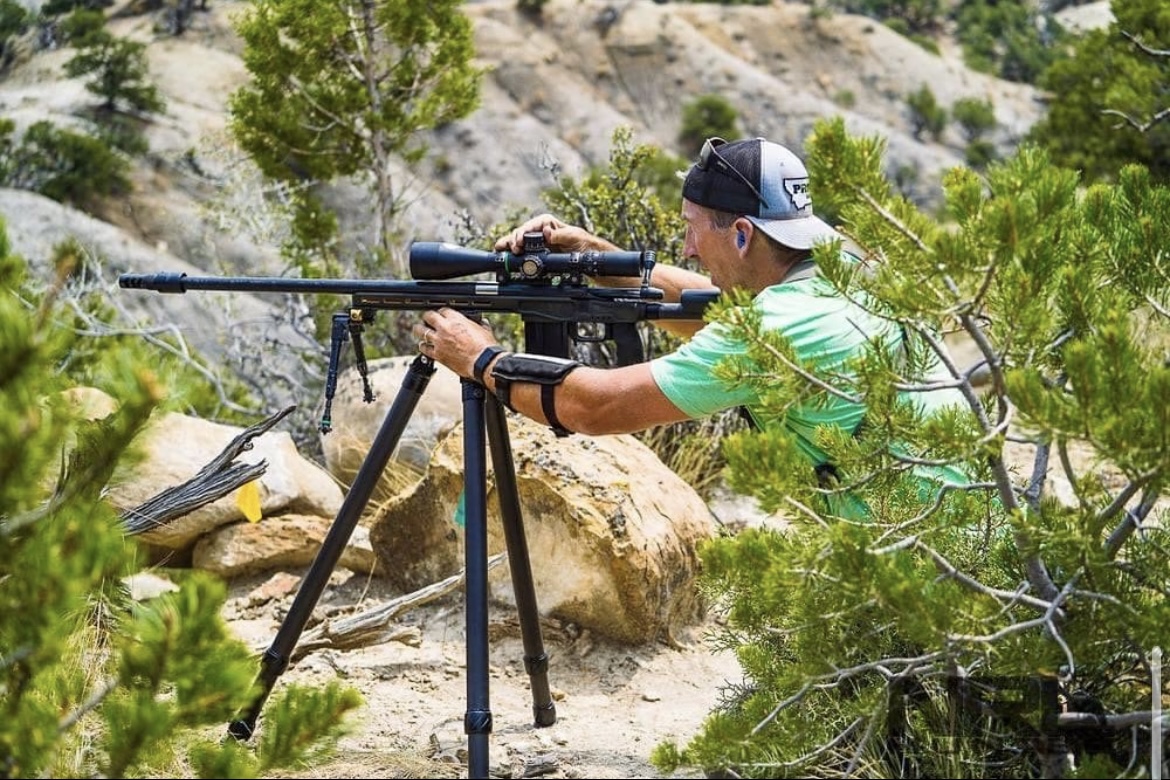
MIL Vary Symmetry
Between 0 – 350 yards, neither MOA nor MIL have a straightforward symmetry to the vary of the goal. However at about 400 yards – 800 yards, a symmetry emerges with MILS that’s not accessible in MOA. For commonest cartridges, between about 350 and 850 yards, for each 10 yards in further vary, you add .1 MIL elevation.
Check out the chart beneath for info helpful for the talk between MIL and MOA. It exhibits the 2-decimal ballistic answer output for each MOA and MIL. Subsequent to that’s the answer rounded to a dialable answer – .25 increments for MOA and .1 increments for MIL. Discover that for MILS (far proper column) as soon as you might be at about 300 yards – for each 10 yards, it’s a .1 increment to the following 10 yards – and for this 140-grain 6.5 Creedmoor answer that holds true all the best way to about 900 yards.
It’s true that on account of rounding you might get the identical “3.1” answer for 530 yds and 540 yds, however the true 2 decimal unfold between these two options (3.05 and three.14) continues to be nearer to a .1 distinction than not.
Take a look at the MOA column. The variance between ranges is sort of a random order of .25 and .50 increments at numerous ranges.
So, working with making fast elevation changes from one vary to the following inside 100 yards of the unique recognized vary is fairly straightforward in MILS. For instance, recognized vary to focus on 1 is 610 yards, answer equals 3.9, goal 2 emerges at an estimated vary of 650 yards, you possibly can merely dial up the .4 for the 40-yard distance to 4.3. You is likely to be off by .1, however you might be within the ballpark and in a position to do the maths rapidly in your head.
Conclusion: MILS align to vary a lot easier than MOA.
Pace Dope
Given the near-linear MIL symmetry above, there’s a “Pace Dope” accessible to MIL customers that’s not accessible to MOA customers its laborious to match use within the debate between MIL and MOA as a result of Mil simply wins. Should you take a look at the chart above, you might manually derive a relationship between the yardage and an appropriate degree of accuracy for figuring out a MIL answer. So, within the chart above, take 570 yards, answer = 3.4. Stick with me right here – convert 570 to a quantity just like the answer = 5.7 —- subtract 3.4 from 5.7 = 2.3. The yardage transformed to a decimal quantity minus 2.3 equals the MIL answer between 520 and 610 yards. If I’m prepared to simply accept my dope being off by +/- .1, then we might use 2.2 because the Pace Dope issue, after which this technique works between 360 and 770.
There isn’t a such operate in MOA – and if there theoretically a option to make it work, the brainpower required is past reasonableness underneath stress and time constraints.
Conclusion: Pace Dope is on the market in MILs, however not MOA.
MILS are the KING of Wind
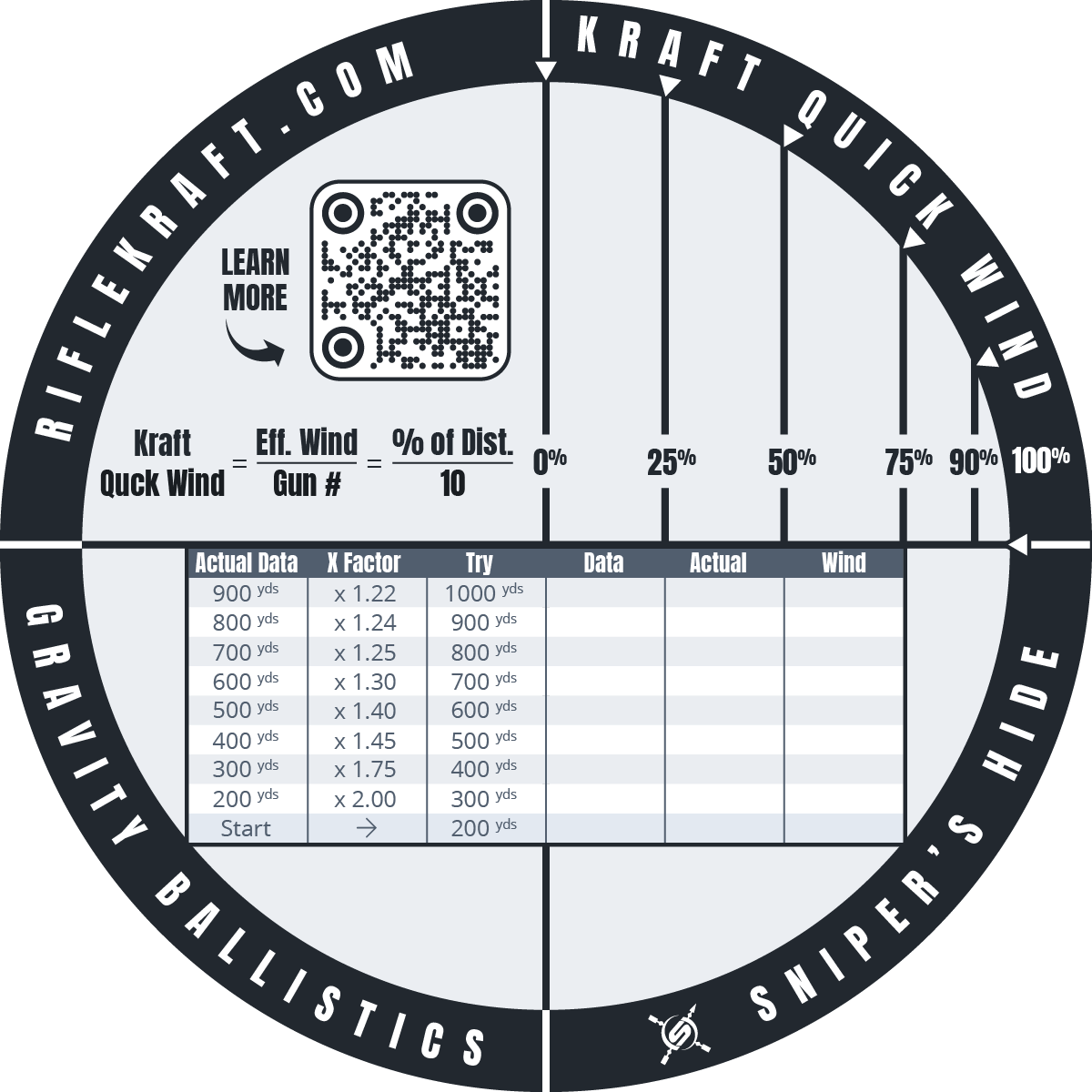
And now we come to the true Coup de Grace within the debate between MIL and MOA – WIND.
With MILs, you possibly can work out a wind pace at which a full worth wind (coming at a 90-degree angle to your capturing course – also known as 3:00 o’clock or 9:00 o’clock wind – and never factoring in spin drift) will trigger .6 mil of bullet drift at 600 yards (a .6 wind maintain). No matter wind pace that’s on your caliber/ballistics is known as your “Gun Quantity” or “Wind Pace Quantity.” Due to this fact, if a 5mph full-value wind creates a .6 maintain at 600 yards, then your gun is a “5mph gun.”
Should you take a look at the holds required at every 100-yard increment now from 100 to about 700, you’ll discover that it really works out to .1 at 100, .2 at 200……. .5 at 500, and so forth. SUPER SIMPLE.
Why is that this so highly effective? Effectively, in case you are in a 10-mph wind, what do you suppose your maintain is at 500 yards? Hmm, 10 = 2×5, so 2 x .5 = 1.0. Okay, that was too straightforward. What in case you are capturing 600 yards and the wind is 7 mph? That’s about 7mph is about 1.5 (a tad much less) x 5mph, so 1.5 x .6 = .9 or only a tad much less.
The precise math: 7 mph / 5mph gun = 1.4 issue 1.4 x .6 = .84 = “a tad lower than .9”
The truth is that your odds of calling wind so completely that you could make dependable sub-Tenth wind calls is almost zero. Wind influences on a bullet occur throughout the entire 600 yards of flight – and our capability to know that the “7 mph” wind you might measure together with your Kestrel at your capturing location is completely constant in pace and angle over that total 600 yards is almost unattainable.
There’s NO comparable system to make wind holds in MOA that straightforward to calculate. There are innumerable discussions of how you can create some type of methodology. However they don’t seem to be practically as straightforward and neat because the MIL system permits.
These guys are superior and I completely respect the trouble. However it’s simply not as easy and neat. MOA Wind Math – Sniper’s Cover
Conclusion:
WIND in MILs is way simpler than in MOA.
Your name – keep on with custom and luxury, or make a tiny effort to replace your self to the benefit of MILs?
